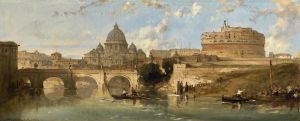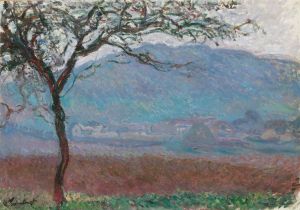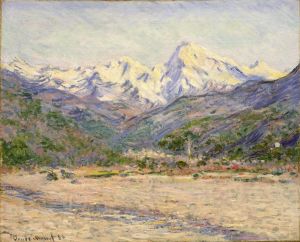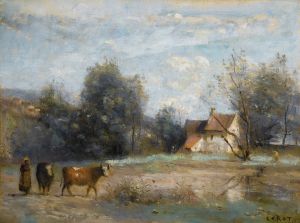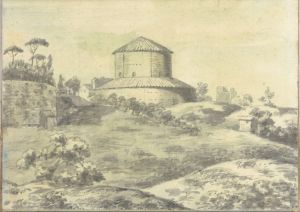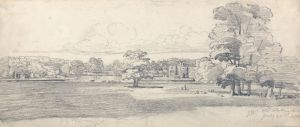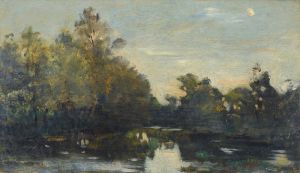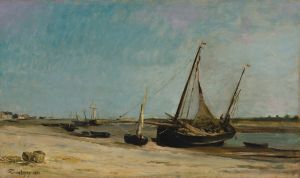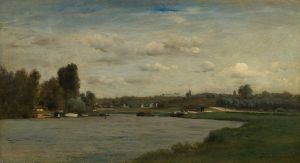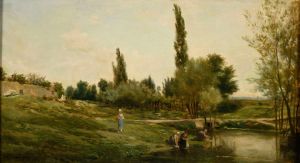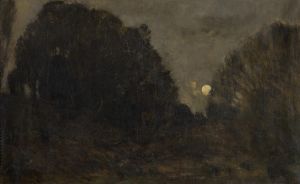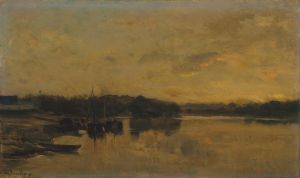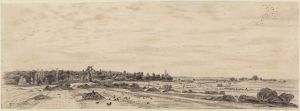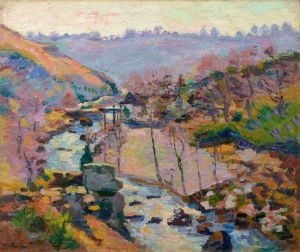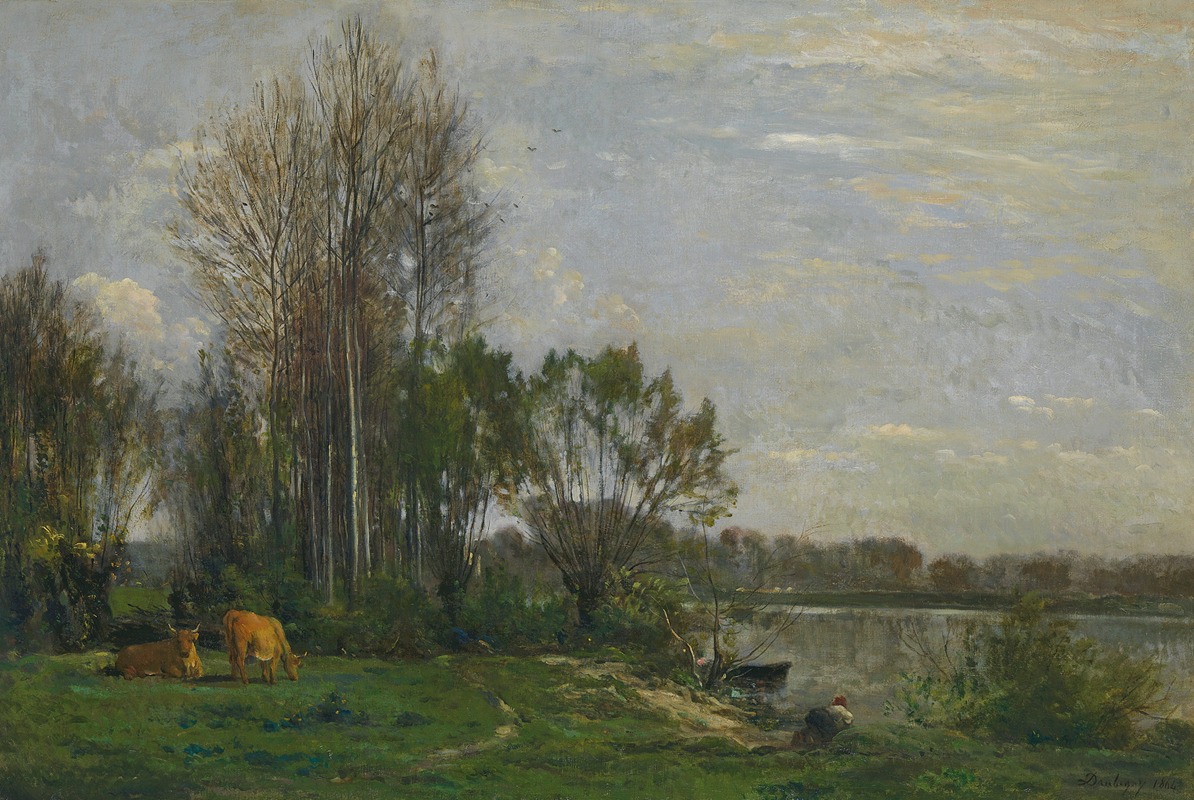
Les Bord De L’oise
A hand-painted replica of Charles François Daubigny’s masterpiece Les Bord De L’oise, meticulously crafted by professional artists to capture the true essence of the original. Each piece is created with museum-quality canvas and rare mineral pigments, carefully painted by experienced artists with delicate brushstrokes and rich, layered colors to perfectly recreate the texture of the original artwork. Unlike machine-printed reproductions, this hand-painted version brings the painting to life, infused with the artist’s emotions and skill in every stroke. Whether for personal collection or home decoration, it instantly elevates the artistic atmosphere of any space.
Charles-François Daubigny was a prominent French landscape painter associated with the Barbizon School, a group of 19th-century artists who sought to depict nature in a more realistic and direct manner. One of his notable works, Les Bords de l’Oise (The Banks of the Oise), exemplifies his dedication to capturing the serene beauty of rural France. Painted in the mid-19th century, this artwork reflects Daubigny’s preference for naturalistic landscapes and his innovative approach to plein air painting, which involved working outdoors to observe and depict nature directly.
The painting portrays the tranquil banks of the Oise River, a location that held personal significance for Daubigny. He spent much of his life in the region and often drew inspiration from its picturesque scenery. The composition typically features a harmonious interplay of water, sky, and vegetation, rendered with a soft, atmospheric quality that became a hallmark of Daubigny’s style. His use of light and color creates a sense of calm and immediacy, inviting viewers to immerse themselves in the peaceful rural setting.
Daubigny’s work on Les Bords de l’Oise reflects his role as a precursor to the Impressionist movement. His loose brushwork and emphasis on capturing the transient effects of light and weather influenced younger artists such as Claude Monet and Camille Pissarro. Daubigny’s innovative techniques, including his use of a specially designed studio boat called Le Botin, allowed him to explore river scenes from unique perspectives, further enriching his depictions of the Oise and other waterways.
While specific details about the exact date and location of Les Bords de l’Oise are not always documented, the painting is representative of Daubigny’s broader body of work, which often celebrated the unspoiled beauty of the French countryside. His landscapes were widely admired during his lifetime and continue to be appreciated for their contribution to the development of modern landscape painting.
Today, Les Bords de l’Oise and similar works by Daubigny can be found in major art collections and museums around the world, including the Musée d’Orsay in Paris and the National Gallery in London. These paintings serve as enduring reminders of Daubigny’s skill in capturing the essence of nature and his influence on the evolution of landscape art in the 19th century.





